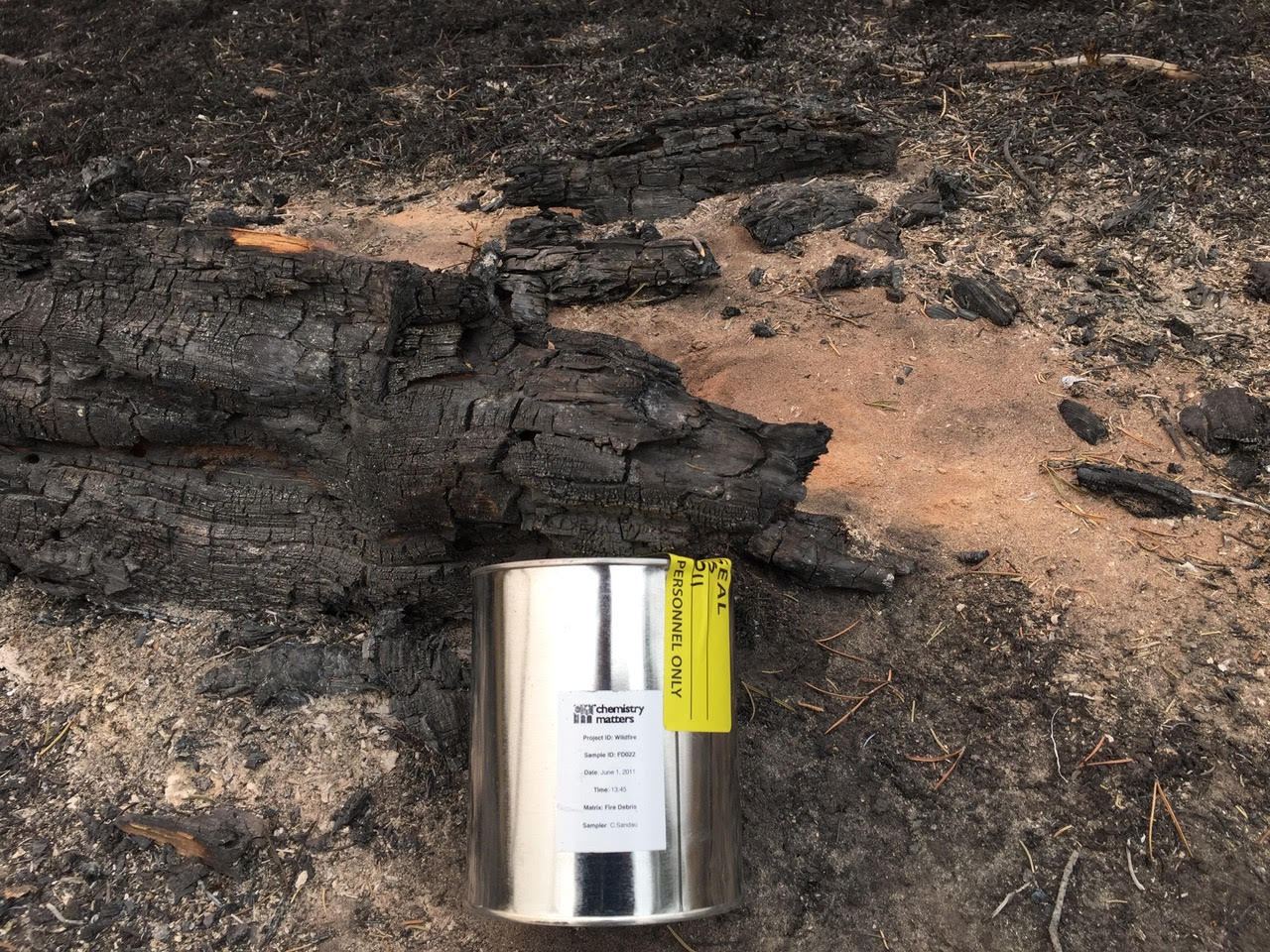I was attending and presenting at the 2017 International Association Arson Investigations (IAAI) Conference in Las Vegas in April. My four hour presentation covered many aspects of legal sampling and chain of custody as well as providing a fundamental description of laboratory analysis of ignitable liquid residues (ILRs).
One fundamental question asked by the audience was not easy to answer...
Question: What sample container do you find best for fire debris analysis?
This question was brought up since I presented data showing that stainless steel cans are not the perfect sampling container. Stainless steel cans leak. Period. The metal to metal seal is not a perfect seal and data shows that these cans have the tendency to 'cross-talk'. Cross-talk would be when a high concentration sample contaminates another sample (for example, a field blank or reference sample).
I provided an example to the audience from my environmental work. When we sample water for volatile chemicals for a spill or any other environmental investigation, we need to use certified, EPA approved glass vials to prove that the contamination is not from the sampling procedure. Yet, in a potentially litigious arson investigation (which is analyzing for similar compounds), we can purchase our supplies from a local paint store. This seems ludicrous to me. In fact, it is a very weak part of the investigation and would be the first place to poke holes in a litigation proceeding.
Stainless steel cans are not perfect, but if used, these special precautions are required:
- Get your cans from the laboratory. They should be able to provide cleaned cans (where they have burned off any potential ILR interferences or will provide cans that have been tested and are known to be clean.
- Test every batch of cans that are purchased. Cans are produced in batches. There should be batch numbers on the boxes. Each box (batch) needs to be tested to know if the cans are clean.
- Submit an unused can (if not tested prior) to validate that the can is clean. It should be noted that if this can is shown to be not clean, your sample may be invalid.
- Submit samples to the laboratory as soon as possible. Because the metal to metal seal of the can is imperfect, the longer the can is in the field, the greater the chance of cross talk and cross contamination.
- Store samples on ice. It reduces evaporation and potential cross talk (see next blog).
Getting back to the question of what sample container is best. I still use stainless steel cans but I also make sure that all cans have been precleaned, and I include a trip blank with every batch of samples that measures for potential cross contamination.
We are looking into polyester bags and other potential storage containers. Ideally, the container needs to be evacuated (prevent cross contamination and remove oxygen) and needs to be sealed. I am looking into potential bags and different field deployable vacuum sealers as potential techniques of providing the ultimate storage of ILRs.
We will keep you posted of our findings as we tackle this problem.




